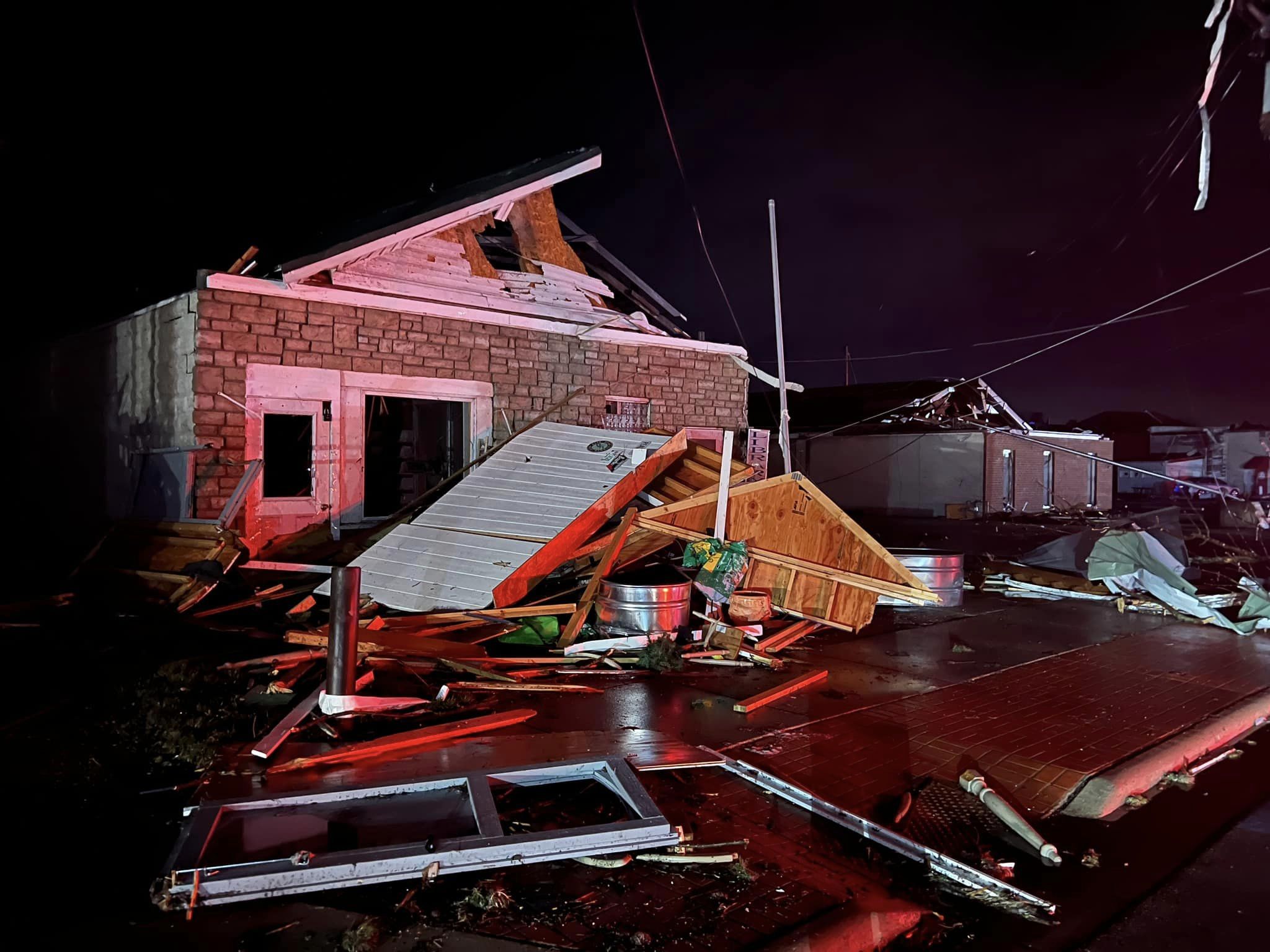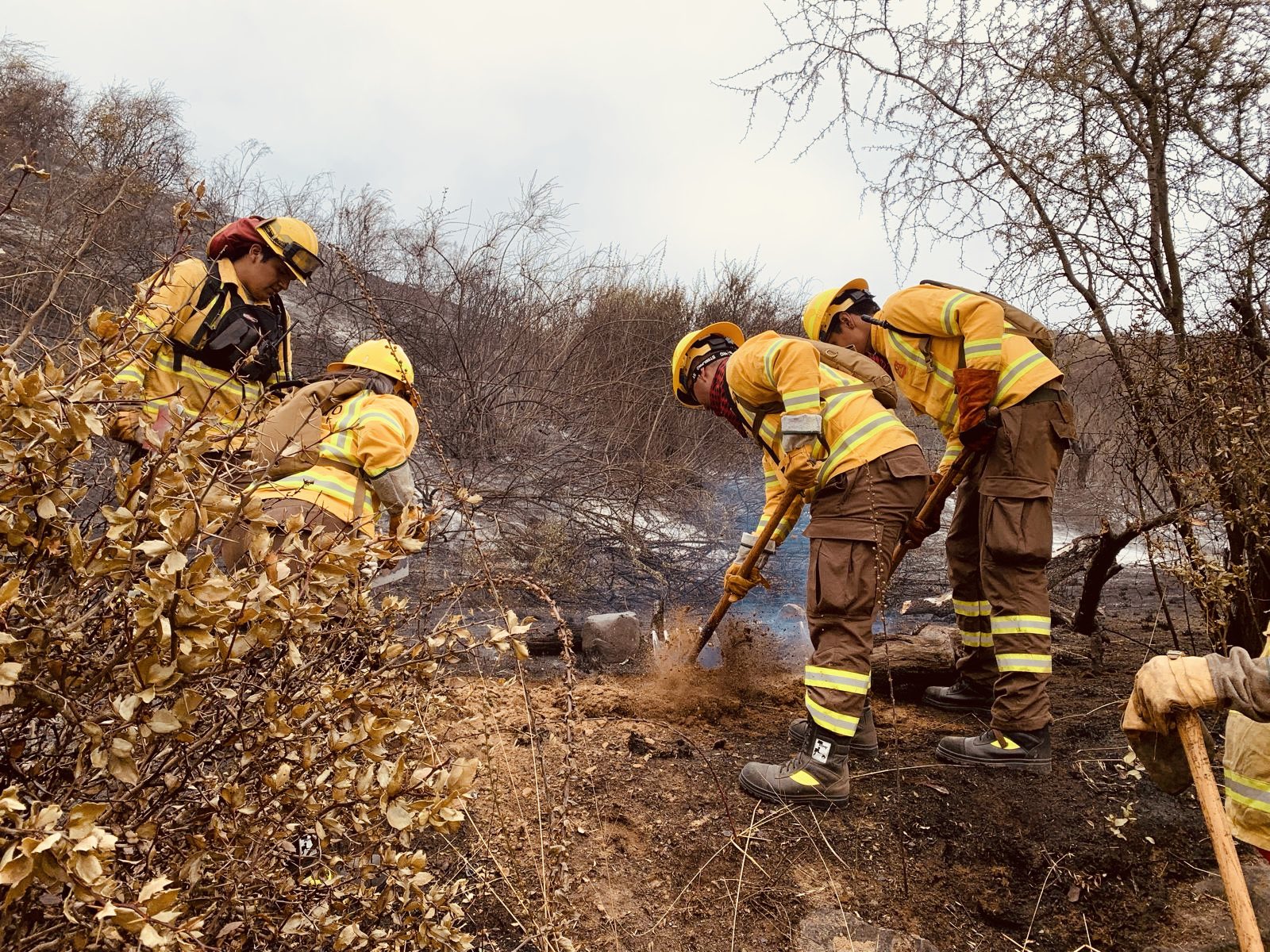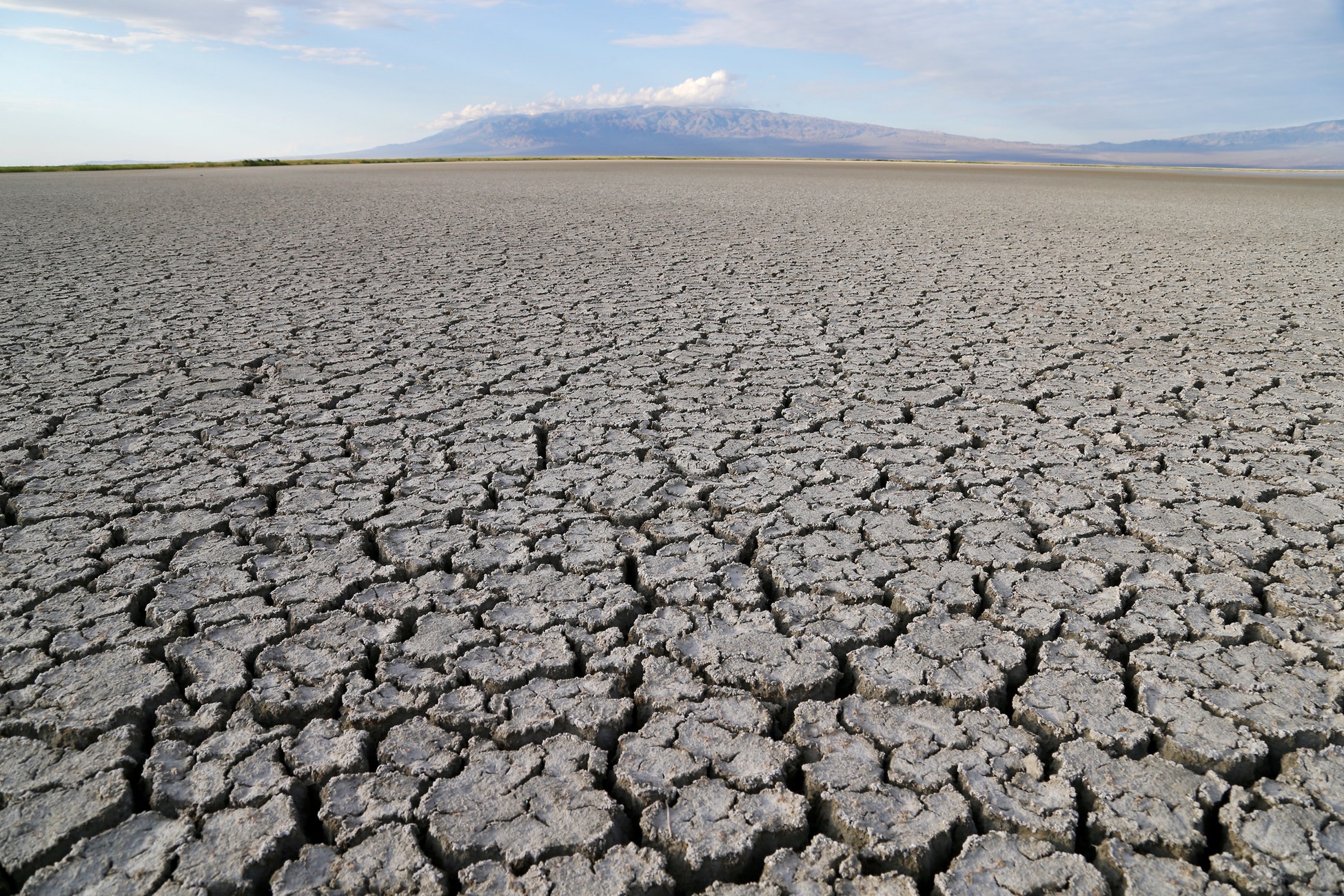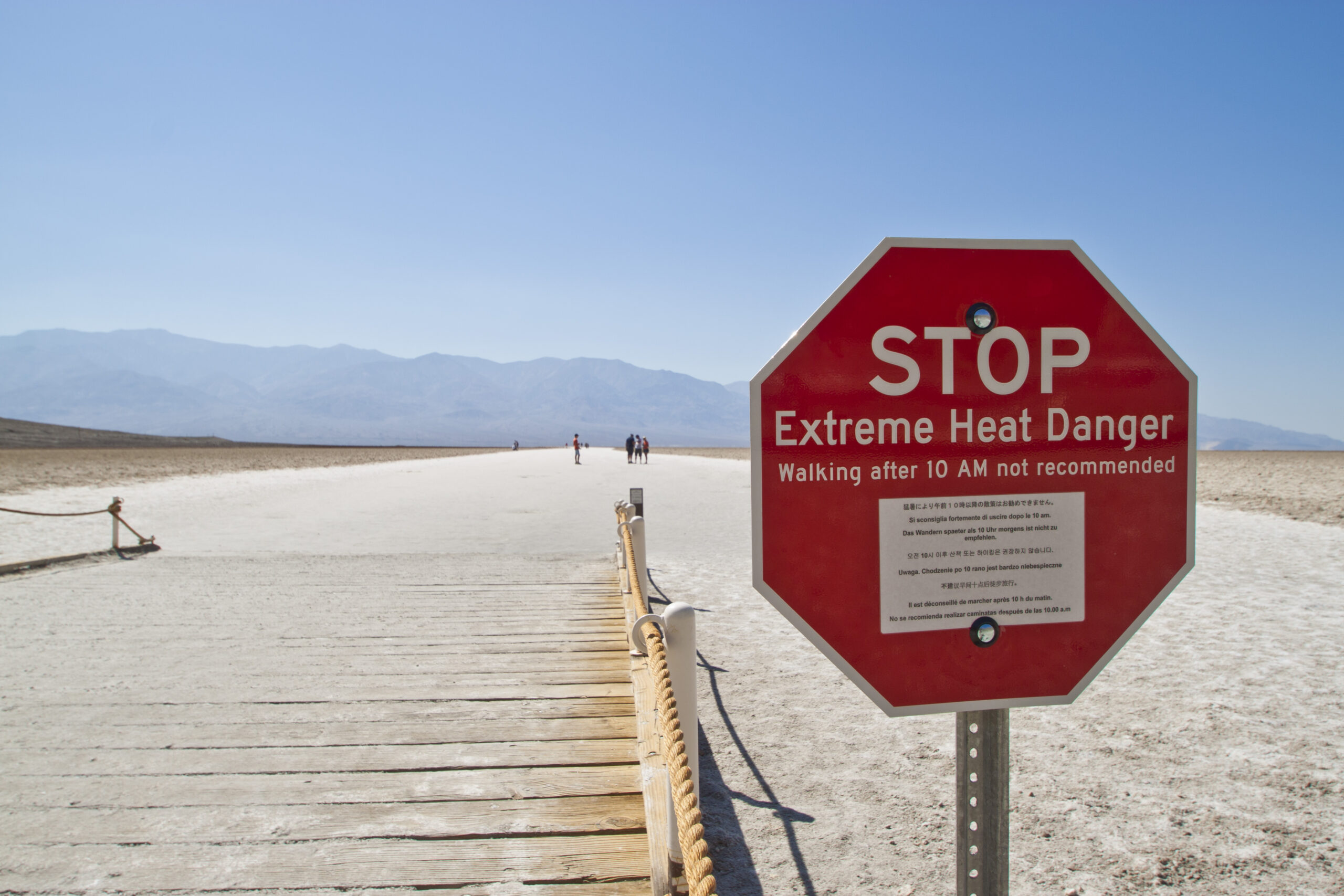

Deadly fires raged through Chile during the first week of February 2024, following days of extreme heat. Chile’s Valparaíso region, specifically the coastal beach city of Viña del Mar, home to 300,000 people, suffered significant damage. According to UNICEF, almost 160,000 acres had burned by Feb. 28, 2024. More than 36,000 acres were in Valparaíso.
These were Chile’s deadliest forest fires in history and the most devastating disaster in the country since the 2010 earthquake and tsunami that killed more than 500 people and caused $30 billion in losses.
According to the Chilean National Disaster Prevention and Response Service (SENAPRED per its acronym in Spanish), at the height of the fire outbreak, there were 165 active fires.
After the fires, several firefighters and residents told New York Times reporters that insufficient water and empty fire hydrants hampered efforts to contain the fire’s advance.
Chile has faced a drought for 15 years and is at risk of having no water supply by 2040. According to Down to Earth, “Chile has received 30 per cent less rainfall than normal in the past decade, with rainfall deficits of 80-90 per cent.”
(Photo: The forest fire brigade works tirelessly to extinguish fire outbreaks in Chile. Credit: Presidencia de Chile via X)
The wildfires left at least 1,600 people homeless in the densely populated city of Viña del Mar, where entire neighborhoods were burned.
The hilly landscape surrounding Viña del Mar made evacuation, fire fighting, and search and rescue more complicated. Other fires burned in mountainous areas, also complicating responses.
Just over a month after the wildfires, authorities battled another round of devastating wildfires on March 13, 2024 along the same coast in the Valparaiso region. The red alert was canceled on March 16, 2024. Approximately 16 homes and 32 individuals were affected, in addition to six firefighters who were treated for injuries.
Video and pictures from the region showed the extent of the devastation.
Final Update: July 30, 2024
Latest Updates

What we’re watching: Weekly disaster update, March 18
Key facts
- The final total of deaths – provided by SENAPRED on Feb. 29, 2024 – was 136, with just 35 people identified. This makes it one of the deadliest wildfires in the world in more than 100 years.
- The Pan American Health Organization reported that approximately 1,250 people were injured.
- Prior to the last decade, Chile was not typically prone to extreme wildfires. Since 2014, “six of the seven most destructive fire seasons on record occurred,” including the “record-breaking 2017 fire season.”
- The fires damaged nearly 15,000 homes, according to authorities and destroyed about 6,600.
Housing crisis
According to officials, Chile’s housing crisis, which worsened after the COVID-19 pandemic, amplified the impact of the fire.
They said that “70 percent of the region’s destroyed homes were concentrated in irregular settlements called ‘tomas ilegales.’ The conditions in many of the settlements were so combustible — improper forest management, trash-strewn streets, houses built with cheap, flammable materials — that whole communities burned in a matter of minutes.”
These settlements vary in complexity and services. Some are wooden shacks, while others are older and established, with electricity and running water. However, roads are unpaved, and the amount of brush and trash present increased the risk of fire spreading.
Officials with the Precarious Settlements Program said that 1,721 homes in 25 camps – mostly settlements in Viña del Mar and Quilpué – were damaged by the fires.
Villa Botania’s survival
Unlike many areas that were ravaged by fire, one community showed how fire preparedness and prevention activities can change the outcome of a wildfire.
As Reuters reported, “Before the flames crept close, the community cut back vegetation, pruned foliage and cleared trash surrounding the hilltop homes. They also brought in water to keep soil wet, and a wall and trench around the area kept the blaze from coming closer.”
Thanks to these efforts, the Botania neighborhood of Quilpué, Chile, emerged from the fires unscathed. A drone video of the area shows Villa Botania atop a mountain, surrounded by a burned landscape.
Villa Botania is one of 27 recipients of a “comprehensive fire safety program, a joint endeavor financed by USAID, Conaf, and Caritas Chile. The initiative provided not just the tools—axes, rakes, hoes, and water backpacks—but also the training necessary to wield them effectively.”
Costing approximately $20,000 for the community, this project taught residents the skills necessary to fight wildfires including pruning foliage, water conservation and vegetation management.
Pre-fire mitigation is a key activity for funders to support, especially as climate change affects temperature and rainfall levels.
Cash assistance
As with most disasters and emergencies, cash donations are recommended by disaster experts as they allow for on-the-ground agencies to direct funds to the most significant area of need, support economic recovery and ensure donation management does not detract from disaster recovery needs and quickly re-establishing access to basic needs.
The Center for Disaster Philanthropy recommends cash as a donation method and a recovery strategy. Direct cash assistance can allow families to purchase items and services that address their multiple needs. It gives each family flexibility and choice, ensuring that support is relevant and timely. Cash-based approaches to disaster recovery also give people the freedom to choose how they rebuild their lives and provide a pathway to economic empowerment.
Support local organizations
It is important to provide support to local organizations throughout all disaster phases. These organizations are better informed about local culture than outside entities and will be on the ground for years to come.
For international organizations, CDP recommends looking for organizations with a history of working in the country, connections to the community and locally hired staff, as they can navigate issues faster than an organization that has never worked there.
Support at-risk populations
Those in already precarious situations — such as older adults, people with physical or mental health disabilities, migrants, and people living in poverty — may find their circumstances worsened in the face of disaster. Organizations working with at-risk populations must have plans to mitigate the disaster’s impacts. Organizations led by marginalized populations are also often able to build trust with affected individuals quicker than mainstream organizations.
Recent reports of the current megadrought exacerbating water supply issues and resulting in insufficient water in hydrants have reopened important discussions about unequal access to water and water system privatization. Continuing these discussions is crucial to ensure equitable policies and urban planning, keeping in mind that water companies are not obligated to install fire hydrants near informal settlements, known as ‘tomas ilegales’.
Fund wildfire and drought mitigation efforts
As Chile is in a megadrought, funders should invest in mitigation efforts. This could include research into land use patterns or other initiatives that look at sustainable agriculture, water conservation or land use.
Increasing the number of programs like the one at Villa Botania will be helpful, especially if it is expanded to the informal settlements. Additionally, smart growth efforts and planning can help mitigate wildfires or prevent them altogether.
Health and mental health
Since the fires caused many injuries, there will need to be ongoing medical care to support burn victims and those suffering from smoke inhalation (which may also have long-term effects). People with chronic illnesses or existing diseases were likely affected by service interruptions, which may have increased their own health issues.
The high number of deaths, loss of homes and loss of livelihoods may lead to increased stress, mental health issues and grief.

The Center for Disaster Philanthropy (CDP) has a Global Recovery Fund that provides donors with an efficient, flexible solution to support recovery efforts for people affected by disasters and crises worldwide. Thanks to the generosity of Google and other donors, CDP will be making grants this fall to organizations helping those affected by the wildfires.
Contact CDP
Philanthropic contributions
If you have questions about donating to the CDP Global Recovery Fund, need help with your disaster-giving strategy or want to share how you’re responding to this disaster, please contact development.
(Photo: The Forest Fire Reinforcement Brigade of the Military Police Regiment No. 1 works to extinguish fire outbreaks in San Pedro, Chile. Credit: Ejército de Chile via X)
Recovery updates
If you are a responding NGO, please send updates on how you are working on recovery from this disaster to Tanya Gulliver-Garcia.
We welcome the republication of our content. Please credit the Center for Disaster Philanthropy.
Philanthropic and government support
The Chilean government responded quickly to the disaster, sending financial and human resources.
President Boric visited the region on Feb. 6 and announced measures to help survivors, including suspension of certain utility payments, donations of housing supplies and improved medical leave. One of his vacation homes on the shores of Viña del Mar was “temporarily converted into a leisure center for the children of families affected by the fires.”
USAID supported the work of ADRA International and Caritas to deliver cash assistance to families affected by the fires.
Walmart Foundation and Walmart Chile announced a $1 million social investment to support victims of the wildfires. In addition to making donations to nonprofit organizations, the plan includes volunteer times to organizations responding in rehabilitation spaces and restoring facilities for children.
More ways to help
CDP has also created a list of suggestions for foundations to consider related to disaster giving. These include:
- Take the long view: Even while focusing on immediate needs, remember that it will take some time for the full range of needs to emerge. Be patient in planning for disaster funding. Recovery will take a long time, and funding will be needed throughout.
- Recognize there are places private philanthropy can help that government agencies might not: Private funders have opportunities to develop innovative solutions to respond to and help prevent or mitigate future disasters that the government cannot execute.
- Ask the experts: If you are considering supporting an organization that is positioned to work in an affected area, do some research. CDP and InterAction can provide resources and guidance about organizations working in affected communities.
Fund resources

Drought
Drought is often defined as an unusual period of drier than normal weather that leads to a water shortage. Drought causes more deaths and displaces more people than any other disaster.

Wildfires
Wildfires devastate homes, livelihoods and communities of people worldwide, making them one of the most destructive types of disasters. While climate change fuels the frequency and intensity of wildfires, wildfires themselves fuel climate change, making them uniquely damaging to the planet.

Extreme Heat
While the average temperature continues to increase at a moderate pace, climate change has caused more frequent extreme weather events, particularly extreme heat.